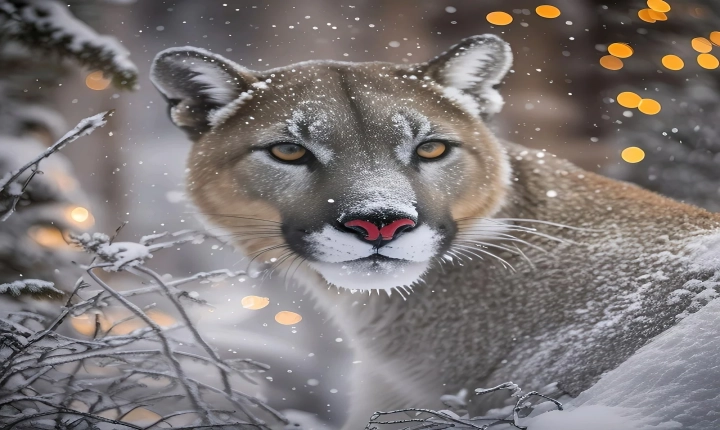Can ChatGPT write melodies?
ChatGPT, the advanced language model developed by OpenAI, is well-known for its ability to generate human-like text based on the input it receives. However, one question that often arises is whether ChatGPT is capable of writing melodies. In other words, can it compose music that is not only coherent but also aesthetically pleasing?
While ChatGPT is primarily designed for natural language processing, it does have the capability to generate musical notation and even create basic melodies. This is made possible through its understanding of patterns, structures, and sequences, which are essential components of music composition.
To create a melody, one can prompt ChatGPT with specific guidelines and constraints that dictate the style, tempo, key, and other musical parameters. For example, a simple prompt like “Compose a short melody in C major with a moderate tempo and a happy mood” can yield a musical sequence that embodies those characteristics.
The process involves feeding the model with relevant musical information and allowing it to generate a sequence of notes that adheres to the given criteria. The resulting melody may not be as sophisticated as those composed by professional musicians, but it can certainly serve as a starting point for further refinement and development.
It’s important to note that ChatGPT’s ability to generate melodies is limited by its training data and the complexity of the musical input it receives. While it can produce basic melodic structures, it may struggle with more intricate musical composition techniques, such as counterpoint, harmony, and complex rhythmic patterns.
Additionally, the subjective nature of music makes it challenging for an AI model to consistently produce melodies that resonate with human emotions and preferences. Music is deeply rooted in cultural, historical, and personal contexts, making it difficult for an algorithm to fully capture the richness and complexity of human musical expression.
Despite these limitations, the fact that ChatGPT can create melodies at all is a testament to the model’s versatility and the potential for AI to expand creative horizons. It opens up possibilities for collaboration between human composers and AI systems, whereby the AI can offer initial ideas and inspire new creative directions.
Furthermore, the ability of AI models like ChatGPT to process and generate music has implications beyond mere composition. They can assist in tasks such as transcribing melodies, generating arrangements, or analyzing musical patterns, thereby augmenting human creativity and productivity in the field of music.
In conclusion, while ChatGPT’s capability to write melodies may not rival that of professional composers, it represents a fascinating intersection of artificial intelligence and creative expression. As technology continues to advance, it is exciting to envision the ways in which AI can contribute to the evolution of musical composition and inspire new forms of artistic collaboration.
Ultimately, the question of whether ChatGPT can write melodies is not just about the capabilities of a specific AI model, but also about the broader implications for the intersection of technology and creativity. It challenges us to explore the boundaries of artificial intelligence, creativity, and the nature of human expression.
